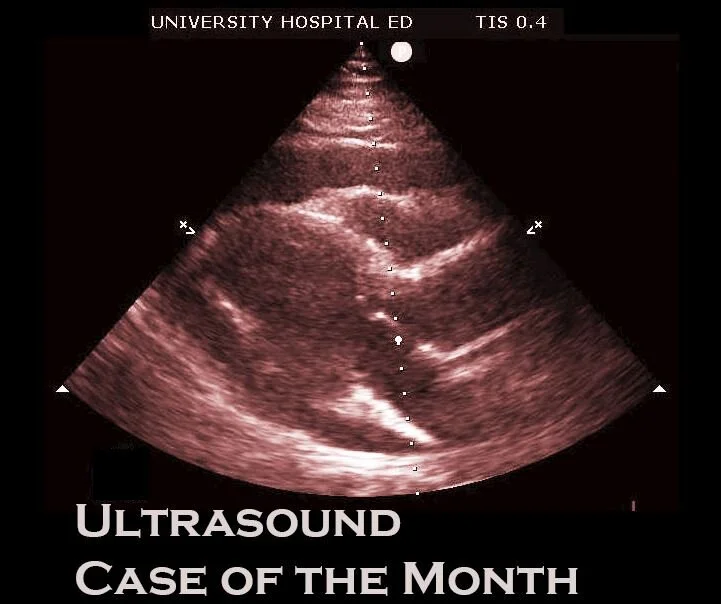Under Pressure - Compartment Syndrome Diagnostics
/Compartment syndrome is a surgical emergency that can present after a variety of insults, ranging from those we commonly encounter in the ED (fractures, crush injuries) to more rare clinical presentations (snake bites, electrocution). The initial elevation of compartment pressures can be secondary to internal (ex. bleeding, swelling, fluid overload) and/or external (ex. compressive devices, burn eschar) factors. In this post, we detail the history/physical and diagnostic evaluation of possible compartment syndrome.
Read More















